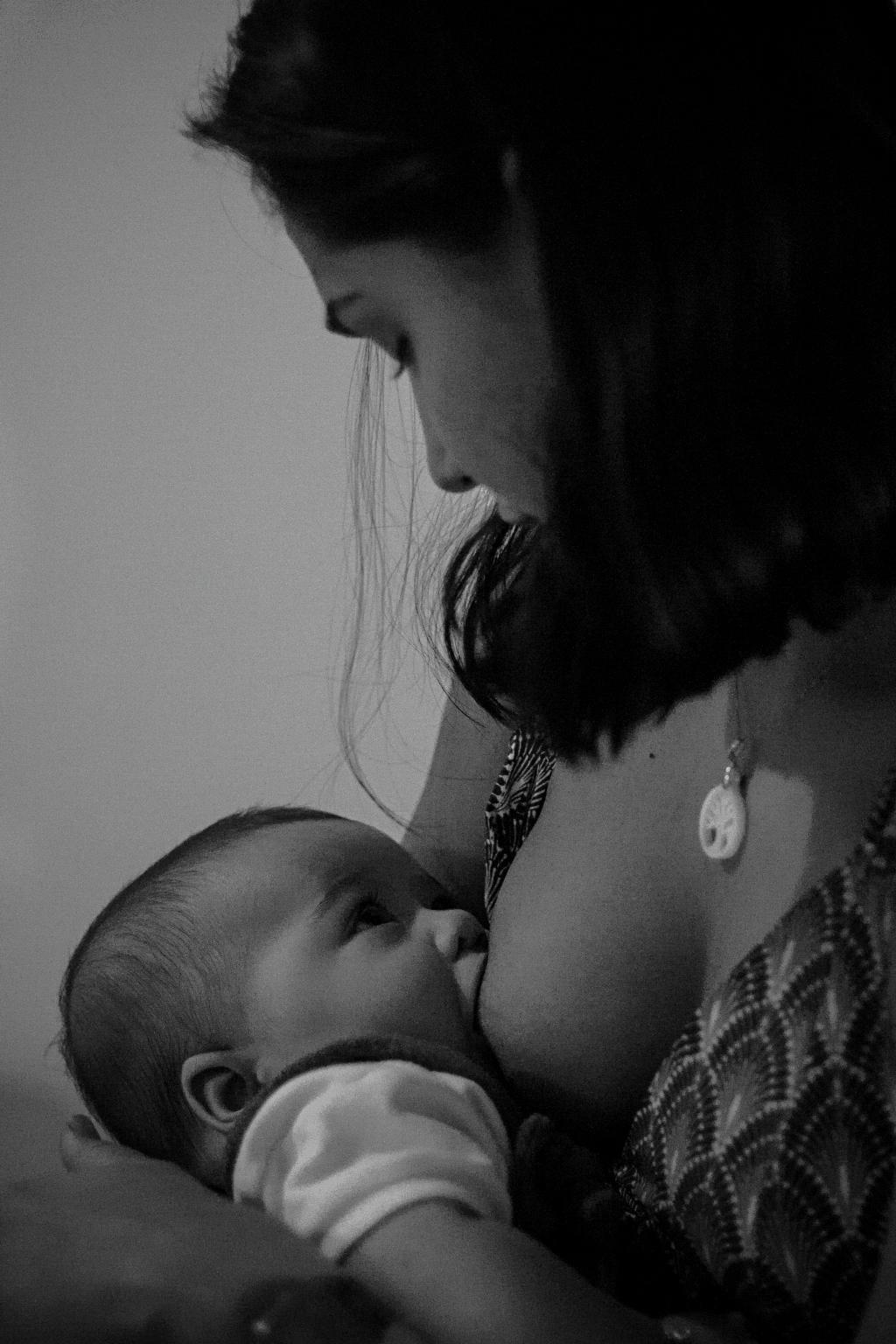When it comes to the question of whether you can put numbing cream on your nipples before breastfeeding, there are a few important things to consider. One of the main concerns is the potential transfer of the numbing cream to your baby during feeding, which could pose a risk to their health. Let’s delve into this topic further to understand the implications.
Understanding Numbing Cream and Breastfeeding
Numbing creams, such as those containing lidocaine, are commonly used to alleviate pain or discomfort in various areas of the body. However, when it comes to breastfeeding, extra caution is advised. It’s crucial to ensure that the numbing cream does not come into contact with your baby’s mouth while nursing.
Potential Risks of Using Numbing Cream
The main concern with using numbing cream on your nipples before breastfeeding is the possibility of your baby ingesting the cream. Certain ingredients in numbing creams could be harmful if consumed, potentially causing adverse effects on your baby’s health. Therefore, thorough washing of the cream before feeding is essential.
Safe Alternatives for Nipple Pain
If you are experiencing nipple pain or discomfort while breastfeeding, there are alternative methods that you can explore. Proper latching techniques, using nipple ointments, and seeking guidance from a lactation consultant can help address the root cause of the issue without the need for numbing cream.
Consulting with a Healthcare Provider
Before considering the use of any numbing cream on your nipples, it is advisable to consult with a healthcare provider, such as a lactation consultant or your doctor. They can provide personalized advice based on your specific situation and help you make an informed decision regarding the use of numbing cream.
Understanding the Ingredients
When choosing a numbing cream, it’s important to carefully review the ingredients list. Some numbing creams may contain additional substances, such as prilocaine, which could be considered safe for use while breastfeeding. However, always err on the side of caution and seek professional guidance.
Ensuring Proper Application
If you do decide to use numbing cream on your nipples, ensure that you follow the instructions for application carefully. Avoid applying excessive amounts of cream and be diligent about washing it off before breastfeeding to minimize the risk of your baby coming into contact with the cream.
Monitoring for Any Adverse Reactions
After using numbing cream on your nipples, closely monitor both yourself and your baby for any signs of adverse reactions. If you notice any unusual symptoms or if your baby shows any concerning changes in behavior, seek medical attention promptly to address any potential complications.
Exploring Non-Medicated Solutions
In addition to numbing creams, there are non-medicated solutions that can help alleviate nipple pain and discomfort during breastfeeding. Applying warm compresses, adjusting your breastfeeding position, and using soothing lanolin cream are gentle alternatives worth exploring.
Embracing Support and Guidance
Breastfeeding can present challenges, and experiencing nipple pain is a common issue that many mothers encounter. Seek support from fellow breastfeeding mothers, join support groups, and engage with lactation consultants to receive guidance and reassurance on your breastfeeding journey.
Final Thoughts
In conclusion, while numbing cream may offer temporary relief from nipple pain, it is essential to weigh the potential risks and benefits before using it while breastfeeding. Prioritize the safety and well-being of your baby by exploring alternative solutions and consulting with healthcare professionals for personalized advice.

